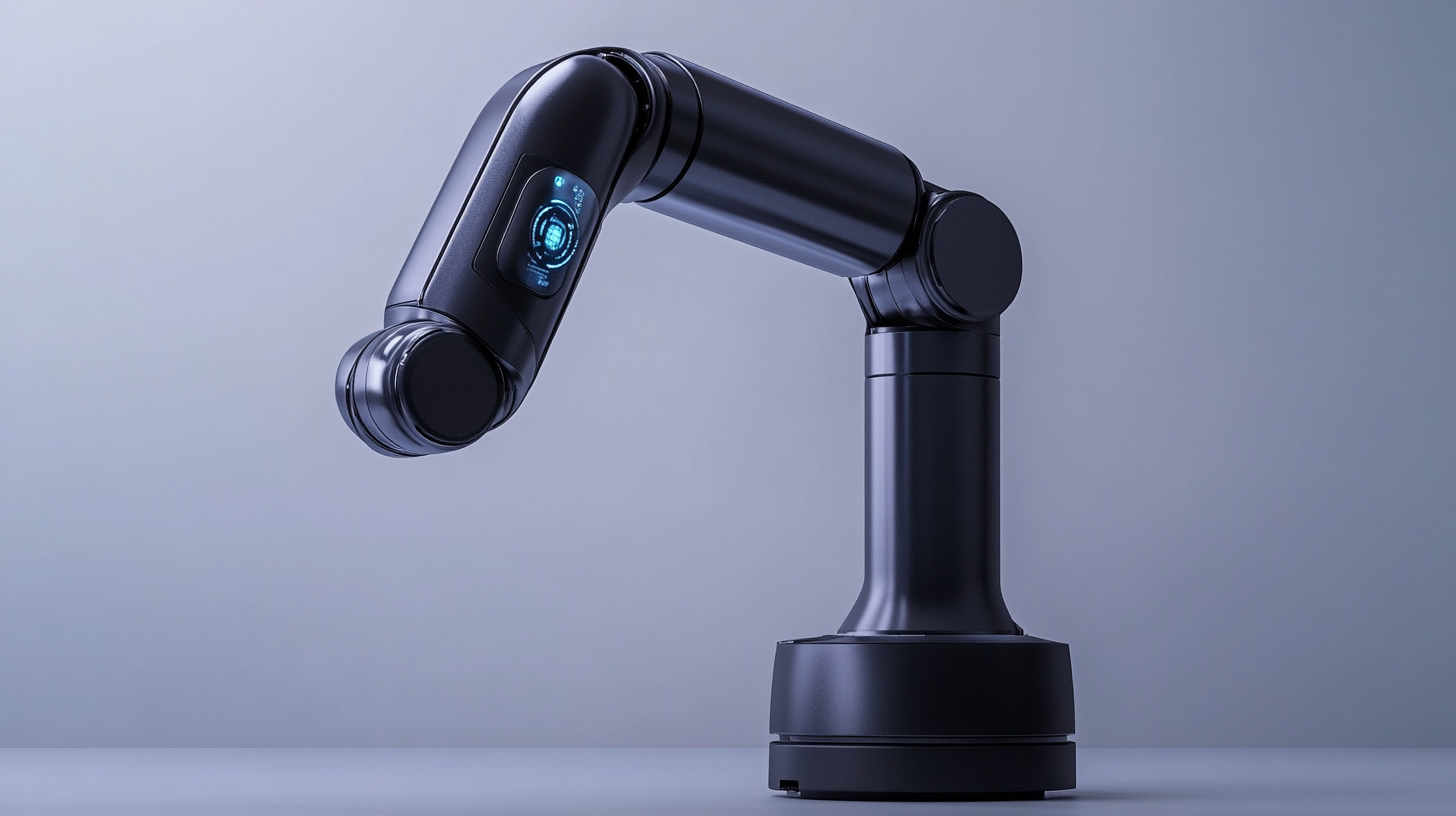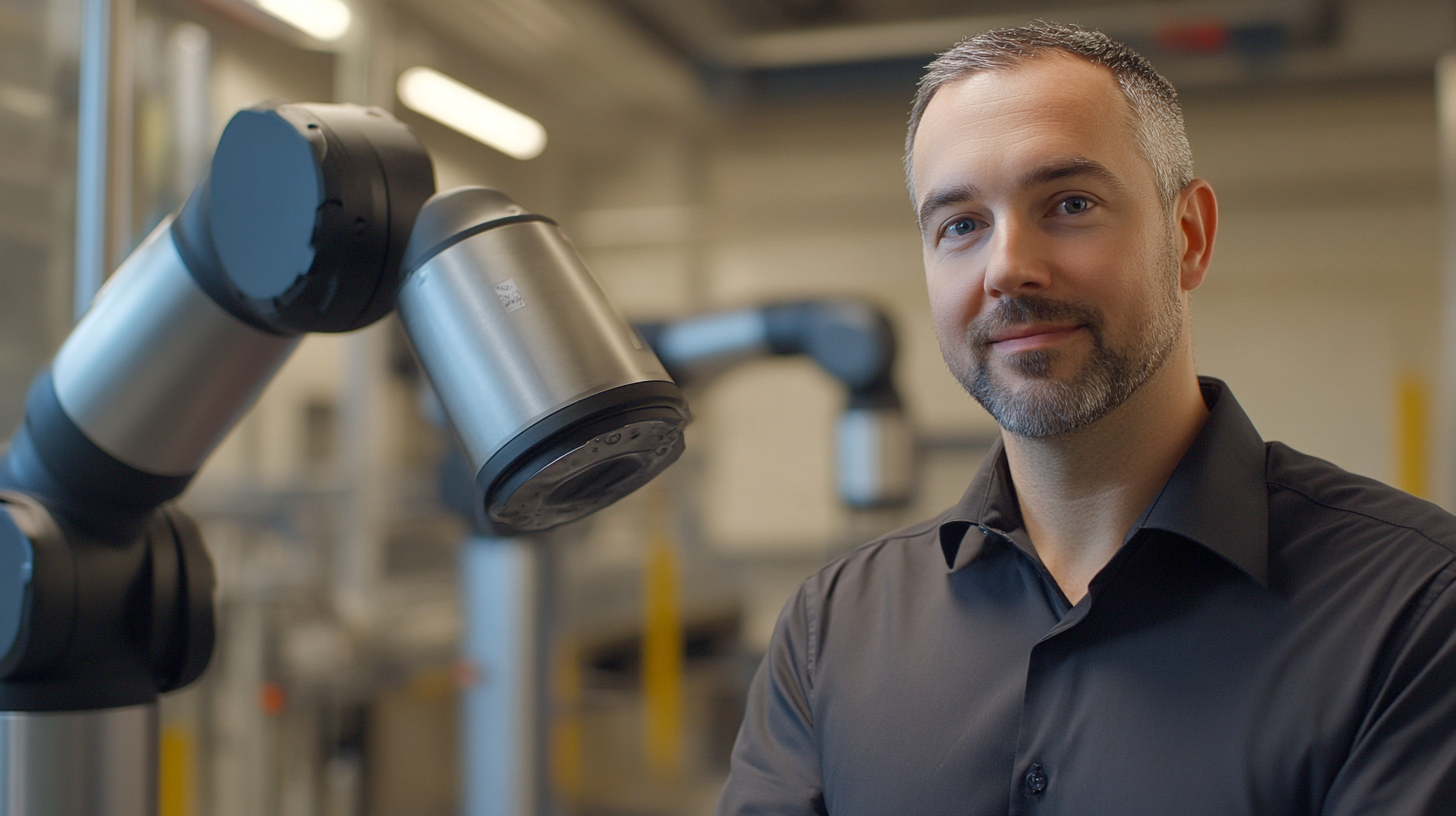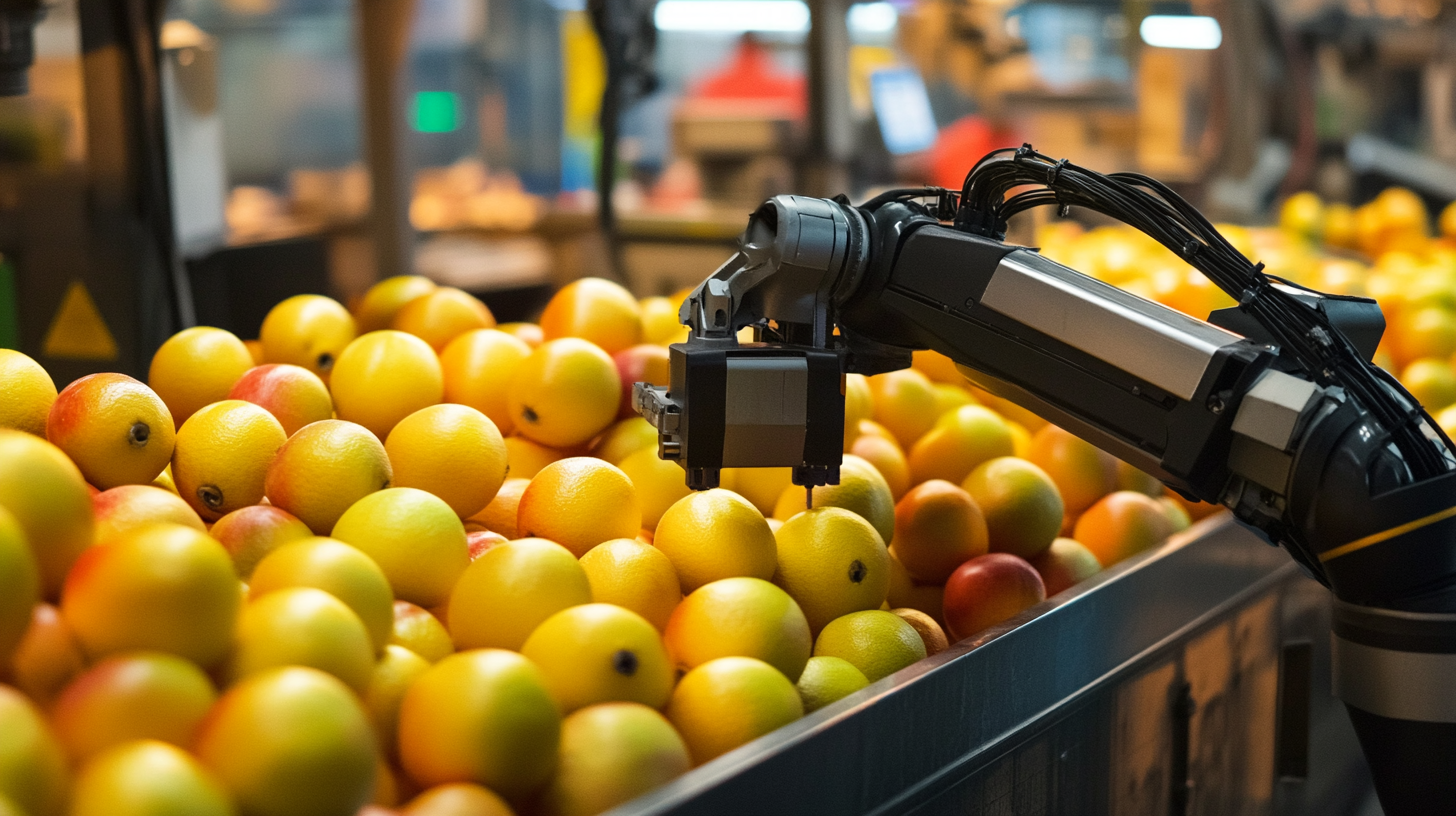7 Secrets to Boosting Efficiency with Collaborative Robot Arms in Your Supply Chain
In an ever-evolving supply chain landscape, efficiency and innovation are essential for maintaining a competitive edge. Enter the Collaborative Robot Arm, a revolutionary tool designed to work alongside human operators, harmonizing the strengths of both machinery and human dexterity. These advanced robotic systems not only enhance productivity but also streamline processes, reduce operational costs, and minimize errors. As industries increasingly embrace automation, the importance of integrating Collaborative Robot Arms into supply chain operations cannot be overstated. This blog will explore seven key secrets to effectively boosting efficiency through the strategic implementation of Collaborative Robot Arms, shedding light on how these intelligent robots are transforming the future of supply chains and helping businesses achieve their operational goals. Whether you're a seasoned supply chain professional or just beginning your journey, understanding these strategies will set the stage for a more efficient and collaborative work environment.

Understanding Collaborative Robot Arms: A Key to Modern Supply Chains
Collaborative robot arms, or cobots, are revolutionizing modern supply chains by enhancing efficiency and productivity while facilitating seamless human-robot collaboration. Unlike traditional industrial robots, which typically operate in isolation, cobots are designed to work alongside human workers. This synergy allows for the automation of repetitive and physically demanding tasks, freeing up human employees to focus on more strategic and intricate responsibilities. As supply chains become increasingly complex, integrating cobots can simplify operations and enhance flexibility.
One of the primary advantages of collaborative robot arms is their adaptability. They can easily be reprogrammed and reconfigured to handle different tasks within the supply chain, whether it's picking and packing, quality inspection, or inventory management. This adaptability ensures that companies can respond quickly to fluctuating demands and changing market conditions. Additionally, cobots are equipped with advanced sensors and safety features, ensuring safe interaction with human workers, thus fostering a collaborative environment that maximizes productivity without compromising safety. By implementing collaborative robot arms, businesses can streamline their operations and gain a competitive edge in today’s fast-paced marketplace.
Maximizing Space and Resources: The Role of Robot Arms in Warehousing
In the evolving landscape of warehousing, the integration of collaborative robot arms has become pivotal for maximizing space and resources. Research indicates that companies employing robotic solutions report a significant improvement in operational efficiency, with some studies noting up to a 30% reduction in labor costs and a 20% increase in throughput. These robotic arms not only streamline repetitive tasks but also help reconfigure warehouse layouts to accommodate more product flow without expanding physical space.
The role of adaptive robotic systems in dynamic warehouse design cannot be overstated. With the anticipated rise in e-commerce complexities, utilizing robotics for optimized spatial management allows businesses to respond swiftly to fluctuating demand. Experts emphasize that a well-designed robotic implementation can lead to a 50% reduction in order picking time, ultimately enhancing customer satisfaction and retention rates. Moreover, with the ongoing labor crisis, the adoption of robotic arms serves as a strategic response to alleviate workforce shortages, providing companies with the agility and resilience needed in today's competitive supply chain environment.

Enhancing Picking and Packing Processes with Collaborative Robots
The integration of collaborative robots, or cobots, into supply chain processes is revolutionizing picking and packing operations. Recent industry reports indicate that cobots can significantly boost efficiency by improving the speed and accuracy of order fulfillment. For instance, a logistics company recently deployed a cobot system that enhanced its capacity by 500%, showcasing the potential for increased productivity in warehouses.
Moreover, companies like Amazon have been at the forefront of this robotics revolution, redefining logistics with automated solutions since their acquisition of Kiva in 2012. By leveraging advanced robot technology, they have streamlined operations that not only enhance picking and packing processes but also elevate the overall customer experience. This has led to a shift in traditional workflows, allowing human workers to focus on more complex tasks while cobots handle repetitive and labor-intensive activities.
As customer demands continue to rise, the importance of agile and efficient supply chain solutions cannot be overstated. Collaborative robots are proving to be a game-changer in this regard, enabling businesses to adapt quickly to changing market conditions and consumer preferences while maintaining high levels of safety and efficiency. With the ongoing advancements in robotics technology, the future of collaborative systems in supply chains looks promising.
Distribution of Collaborative Robot Applications in Supply Chain
Improving Workforce Safety and Productivity through Automation
The integration of collaborative robot arms in supply chains is revolutionizing workforce safety and productivity. According to a report by the World Economic Forum, automation technologies, including robotics, are projected to displace approximately 75 million jobs globally by 2022, while simultaneously creating 133 million new roles. This significant transformation underlines the importance of adapting to a more automated workplace, especially in regard to enhancing safety standards.
Collaborative robots, or cobots, play a crucial role in this transition. They are designed to work alongside human operators, significantly reducing the risk of accidents and injuries. A study published in the Journal of Automation Science & Engineering found that workplaces implementing collaborative robots experienced a 60% reduction in workplace injuries. By taking over repetitive and strenuous tasks, cobots not only enhance safety but also allow employees to focus on more complex, value-added activities, thus improving overall productivity.
Furthermore, the introduction of automation can lead to cost savings and operational efficiency. According to a recent report by McKinsey & Company, companies that adopt automation technologies can see productivity increases of up to 30%. This not only benefits the bottom line but also fosters a safer work environment, where employees can thrive alongside advanced technologies. As supply chains embrace these innovations, the synergy between human labor and automation is set to redefine industry standards for safety and efficiency.

Integrating Robot Arms with Existing Technologies for Seamless Operations
Integrating collaborative robot arms into supply chain operations is not merely a trend; it represents a significant shift towards automation that enhances efficiency and productivity. As companies increasingly rely on robotics to perform complex, autonomous tasks, seamless integration with existing technologies becomes paramount. For instance, Amazon is pioneering the use of AI-powered fulfillment centers that incorporate advanced robotics, effectively streamlining logistics and enhancing the overall workflow. This synergy between robotics and existing digital infrastructures is critical for maximizing operational efficiency.
Furthermore, partnerships like that of SICK and Universal Robots highlight the growing emphasis on safety and collaboration in robotic systems. With innovations such as the End of Arm Safeguard, collaborative robots (cobots) can work alongside humans without compromising safety, facilitating a smoother operational process. The robotics system integration market is poised for substantial growth, projected to reach USD 74.56 billion by 2024 and continue expanding at a CAGR of 9.6% through 2030. This evolution signifies the importance of adapting existing processes to accommodate advanced technologies, ensuring that businesses remain competitive in the era of automation.
7 Secrets to Boosting Efficiency with Collaborative Robot Arms in Your Supply Chain
| Secret |
Description |
Integration Tips |
Expected Outcomes |
| 1. Choose the Right Robot |
Select a robot arm that meets your specific operational needs. |
Evaluate payload capacity and reach requirements. |
Reduced downtime and enhanced functionality. |
| 2. Invest in Training |
Provide comprehensive training for staff to operate and maintain robots. |
Conduct regular workshops and hands-on training sessions. |
Increased operator confidence and reduced errors. |
| 3. Seamless Software Integration |
Ensure that robot systems integrate with existing software. |
Utilize APIs and middleware for smooth communication. |
Improved data flow and enhanced operational visibility. |
| 4. Real-Time Monitoring |
Utilize monitoring tools to track robot performance. |
Implement dashboards for performance metrics. |
Proactive maintenance and lower operational costs. |
| 5. Flexibility in Use |
Design workflows that allow for robot mobility and task versatility. |
Assess various tasks the robots can perform. |
Maximized utilization of resources and time savings. |
| 6. Collaborate with IT |
Engage IT professionals early in the integration process. |
Plan for cybersecurity measures and network requirements. |
Enhanced security and robust system performance. |
| 7. Continuous Optimization |
Regularly assess and optimize robot performance. |
Set benchmarks and perform audits frequently. |
Ongoing efficiency improvements and adaptability. |




